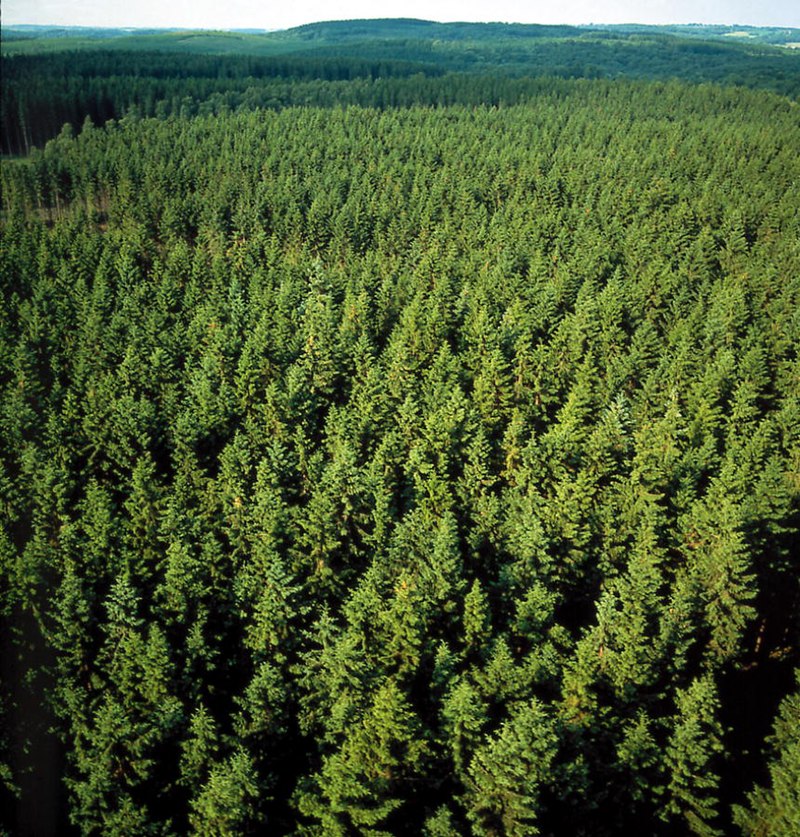The Government is restarting a forestry scheme that will pay landowners to plant forests, aiming to prevent erosion, improve water quality and mitigate our greenhouse gas emissions.
 This week the Government confirmed the Afforestation Grant Scheme will invest $22.5 million in forest planting over the next 6 years. The scheme provides grants of $1,300 a hectare to help people plant new forests.
This week the Government confirmed the Afforestation Grant Scheme will invest $22.5 million in forest planting over the next 6 years. The scheme provides grants of $1,300 a hectare to help people plant new forests.
A previous version of the scheme ran from 2008-2013, under which more than 12,000 hectares of new forest were planted.
The SMC collected the following expert commentary.
Dr Peter Beets, Principal Scientist – Forest Systems, Scion, comments:
“Re-instatement of the Afforestation Grants Scheme could have major environmental and economic benefits to areas such as the East Coast region. Some of the most productive forests in the country occur on ex-pasture sites, where the rapid uptake of carbon dioxide that occurs following establishment of new forests has the potential to off-set emissions to the atmosphere resulting from reductions in forest area occurring elsewhere.
“Prioritising applications that address other environmental issues such as nutrient leaching and sediment export to water ways will likely improve water quality for recreational use while providing economic benefits from harvesting of the tree crop.
“This scheme also offers the opportunity to plant species that are more appropriate to the site than radiata pine. Soil erosion occurs following harvesting and re-planting, because the dead root systems of the harvested pine trees are unable to hold the soil when the roots decay. The selection of rapidly growing tree species with durable root systems or using species that coppice, such as redwoods, will help ensure that the environmental benefits of forestry persist after the forest is harvested.
“It is equally critical that existing forest land is economic to harvest and replant in future. Hence, the possible extension of the new scheme to encourage the replacement of existing radiata pine forests growing on erosion prone sites with more suitable species could provide additional environmental benefits.”